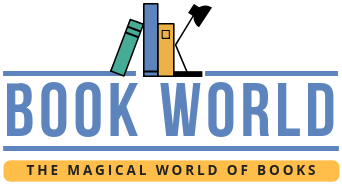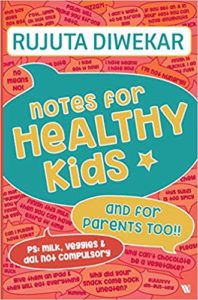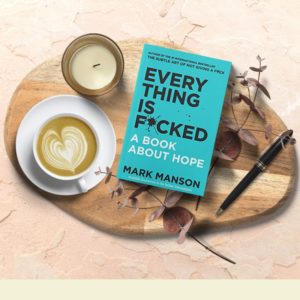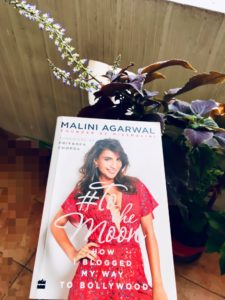
Growing up, I was a huge fan of Pete Sampras. He was calm, composed, and carried himself with a quiet confidence that I admired deeply. In contrast, Andre Agassi always came across to me as flashy, temperamental, and erratic—more style than substance, I used to think. I never really liked him on court and never felt the urge to learn more about him. So, for years, I completely ignored his autobiography Open.
That changed recently when someone told me, “You should read Open. Agassi hated tennis, yet played with unmatched passion.” That single line intrigued me. How could someone loathe what they do, and still give it everything they’ve got?
As I began reading Open, I was surprised by how quickly it pulled me in. The book isn’t just about tennis—it’s about life, identity, pain, and ultimately, purpose. Agassi’s hatred for tennis stemmed from a childhood shaped by a demanding father who forced him into the sport. His life was not his own—it was a project, a mission to fulfill someone else’s dream. This resulted in a rebellious streak in his youth, glimpses of which we often saw on the court. But behind the defiance was a child who just wanted a normal life, who never got to play or laugh like other kids. That backstory added so much depth to his personality and behavior—it made me rethink the way I had judged him all those years.
What I found most powerful was how Agassi eventually found meaning in the very thing he resented. Tennis became a vehicle to serve a purpose beyond himself—whether it was building a foundation for underprivileged children, securing a future for his own kids, or representing his country. That sense of purpose kept him going longer than many of his peers. There’s an important lesson here: when we attach a meaningful goal to something we don’t particularly enjoy, even the most painful tasks can become bearable—even fulfilling.
The memoir’s structure is equally engaging. Agassi doesn’t bombard the reader with match after match. Instead, he intersperses descriptions of key tennis games with deeply personal episodes. The tennis scenes are vivid—you feel like you’re watching them unfold on TV. One of the most gripping chapters, The End, describes the pain he went through during a spinal injection. His words made me wince because I’ve experienced a similar pain myself. That connection made the book all the more real.
His relationships—with family, coaches, and romantic partners—are also explored with surprising honesty. I particularly enjoyed reading about his mother and his long-time trainer, Gil Reyes. They come across as warm, grounded individuals who gave Agassi the emotional support he lacked early in life. The memoir also gives us a peek into what it means to maintain a relationship in the public eye. As a non-celebrity, I came away feeling grateful for the relative privacy and normalcy I often take for granted. Celebrities endure a level of scrutiny and pressure that the rest of us rarely see.
That said, I found Agassi’s relationship with Steffi Graf to be portrayed somewhat vaguely. It seemed a bit abrupt—the way his coach suddenly suggests she’s “the one” for him, and soon after, she agrees to date him despite showing no initial interest. Maybe that vagueness was intentional, out of respect for Steffi’s privacy, or perhaps it was just how events unfolded. Either way, it left me curious and wanting more clarity.
In the end, Open taught me a powerful lesson: never judge someone without knowing their story. And more importantly, it taught me that even when we hate the work in front of us, we can still approach it with heart—especially when it’s connected to something larger than ourselves.
I’m truly glad I gave this book a chance. It changed the way I see not just Agassi, but people in general—and even aspects of my own life.



